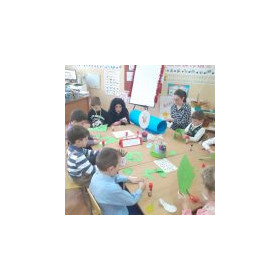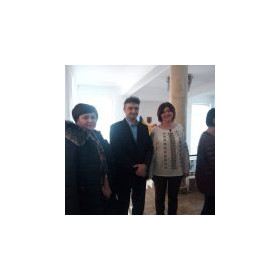Evaluarea pe nivele de dificultate este o tehnică de evaluare ce vine în sprijinul elevilor, ajutându-i să își dozeze mai bine efortul și timpul. Astfel evaluarea devine în sine o metodă de învățare, aducând un plus de valoare.
Evaluarea pe nivele de dificultate
Învăţământ gimnazial | Limbi moderne
Propus de: grigoriuanamaria | 07.04.2021 15:55 | Revista cadrelor didactice nr. 72/2021 | 521 vizualizări
The approach of assessment on difficulty levels starts with the distribution of the pupils into three categories, in accordance with their skills and abilities. These three levels are: R (recovery level), M (medium level) and P (performance level). This distribution is based on the children's possibilities to systematize, abstract, generalize and achieve a specific or non-specific transfer.
The first category - R level (recovery) - includes students with low learning abilities, who are able to achieve only the specific transfer, which requires a reproductive learning. They have a reproductive memory, they know the basic, minimal notions of the curriculum and they are capable of little intellectual effort.
The second category – the M level (medium) - comprises the average pupils on a given topic, being the level of the majority of the students in the current Romanian educational system. These students have fundamental knowledge and they are capable of both specific transfer (through reproductive memory) and non-specific transfer (using simple analogies).
The third category – the P level (performance) - includes students capable of school performance, able to obtain marks between 8 and 10 at a partial evaluation. They have the knowledge mentioned in the curriculum, they can make complex analogies, they can transfer the achieved knowledge to new conditions, so they are capable of making a non-specific transfer. Students in this category show autonomy, flexibility and associability in thinking, being able to make a long lasting intellectual effort.
HYPOTHESES FORMULATION
Hypothesis 1: If we use tests designed on levels of difficulty in assessing students at English language, we will observe the improvement of their results.
Hypothesis 2: If we use tests designed on difficulty levels in the case of students with special educational needs, they will reach the threshold of minimum success in English language assessment.
THE OBJECTIVES OF RESEARCH
The research aims:
1. assessing the students through traditional English language tests;
2. assessing the students through tests designed on different levels of difficulty
3. analyzing the results obtained by the students through traditional evaluation;
4. analyzing the results obtained by the students through assessment designed on difficulty levels;
5. interpreting the results of the students in the administered tests.
At the end of my research I observe that the two hypotheses are confirmed. Thus, statistical data show that if we use tests designed on levels of difficulty in assessing students at English language, we will observe the improvement of their results. I also observed that If we use tests designed on difficulty levels in the case of students with special educational needs, they will reach the threshold of minimum success in English language assessment. This is why I think that the use of tests designed on difficulty levels in assessing students at English is beneficial for them and I will use these kinds of tests when I evaluate my students.
























Comentarii (0)
Nu există niciun comentariu
Autentificaţi-vă pe site pentru a putea publica un comentariu.